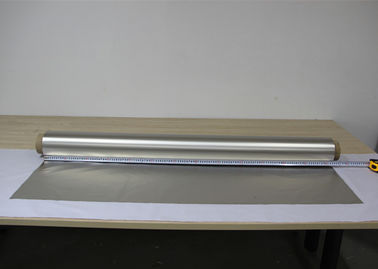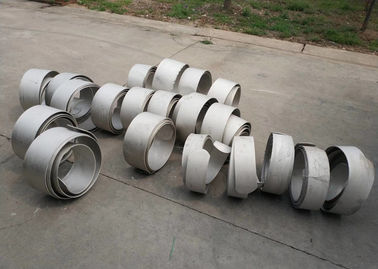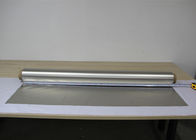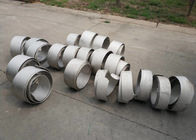-
 Daniel WereeHave been business relationship for 3 years, great partner for Nickel Cobalt Alloy!
Daniel WereeHave been business relationship for 3 years, great partner for Nickel Cobalt Alloy! -
 Carolina FasioOn-time delivery. And support is good and fast.
Carolina FasioOn-time delivery. And support is good and fast.
Shielding FeNi Soft Magnetic Iron High Permeability Soft Magnetic Steel

Contact me for free samples and coupons.
WhatsApp:0086 18588475571
Wechat: 0086 18588475571
Skype: sales10@aixton.com
If you have any concern, we provide 24-hour online help.
x| Type | FeNi Alloy | Relative Permeability | 80,000–100,000 |
|---|---|---|---|
| Density | 8.6g/cm3 | Certification | ISO 9001:2015 |
| Product Name | Soft Magnetic Iron | Package | Plywoode Case |
| Highlight | soft magnetic iron,soft ferromagnetic materials |
||
Mu-metal Shielding Alloy FeNi Soft Magnetic with very High Permeability
A-ONE ALLOY supplies Mu-metal in forms of strip, sheet, plate, wire, rod, round bar, forging, tube, pipe, capillary as well as machined parts per customers' spec& drawing.
Mumetal is a FeNi soft magnetic alloy with very high permeability. Mumetal is used for shielding sensitive electronic equipment against static or low-frequency magnetic fields.
The name came from the Greek letter μ(mu) which represents permeability in physics and engineering formulae.
Mu-metal is considered to be ASTM A753 Alloy 4(UNS N14080) and is composed of approximately 80% nickel, 5% molybdenum, small amounts of various other elements such as silicon, and the remaining 12 to 15% iron.
Chemical composition
| Element | C | Mn | Si | P | S | Cr | Ni | Mo | Co | Cu | Fe |
|
Weight (%) |
0.05 max. | 0.80 max. | 0.50 max. | 0.02 max. | 0.01 max. | 0.30 max. | 79.0~82.0 | 3.5~6.0 | 0.50 max. | 0.30 max. | Balance |
Mu-metal typically has relative permeability values of 80,000–100,000 compared to several thousand for ordinary steel. It is a soft magnetic alloy. Mu-metal has low magnetic anisotropy and magnetostriction, giving it a low coercivity so that it saturates at low magnetic fields. This gives it low hysteresis losses when used in AC magnetic circuits. Other high-permeability nickel–iron alloys such as permalloy have similar magnetic properties; mu-metal's advantage is that it is more ductile and workable, allowing it to be easily formed into the thin sheets needed for magnetic shields.
Mu-metal objects require heat treatment after they are in final form—annealing in a magnetic field in hydrogen atmosphere, which increases the magnetic permeability about 40 times. The annealing alters the material's crystal structure, aligning the grains and removing some impurities, especially carbon, which obstruct the free motion of the magnetic domain boundaries. Bending or mechanical shock after annealing may disrupt the material's grain alignment, leading to a drop in the permeability of the affected areas, which can be restored by repeating the hydrogen annealing step.
Application
- Electric power transformers, which are built with mu-metal shells to prevent them from affecting nearby circuitry.
- Hard disks, which have mu-metal backings to the magnets found in the drive to keep the magnetic field away from the disk.[citation needed]
- Cathode-ray tubes used in analogue oscilloscopes, which have mu-metal shields to prevent stray magnetic fields from deflecting the electron beam.
- Magnetic phonograph cartridges, which have a mu-metal case to reduce interference when LPs are played back.
- Magnetic resonance imaging equipment.
- The magnetometers used in magnetoencephalography and magnetocardiography.
- Photomultiplier tubes.
- Vacuum chambers for experiments with low-energy electrons, for example, photoelectron spectroscopy.
- Superconducting circuits and especially Josephson junction circuits.
- Fluxgate magnetometers and compasses as part of the sensor.






